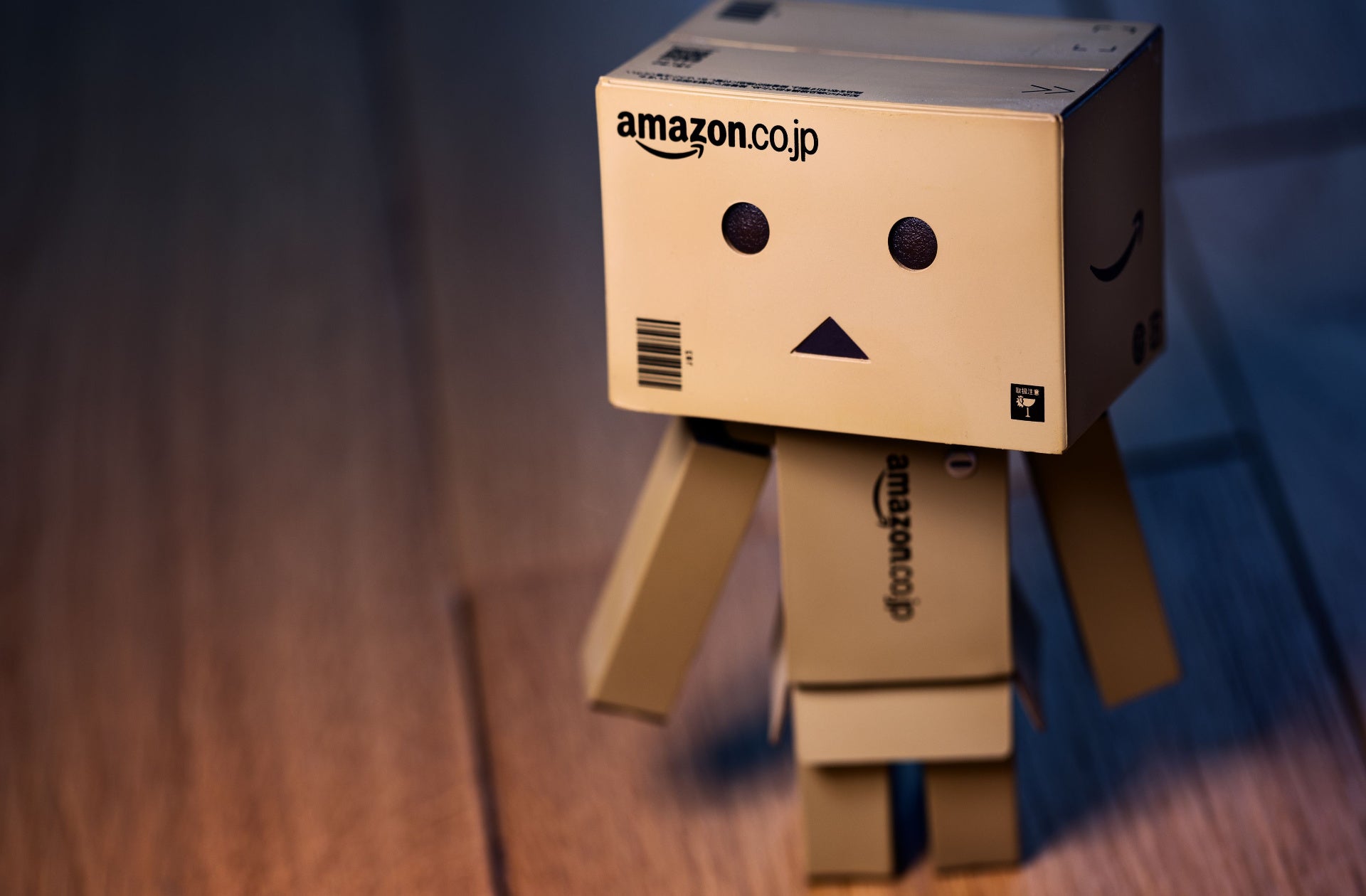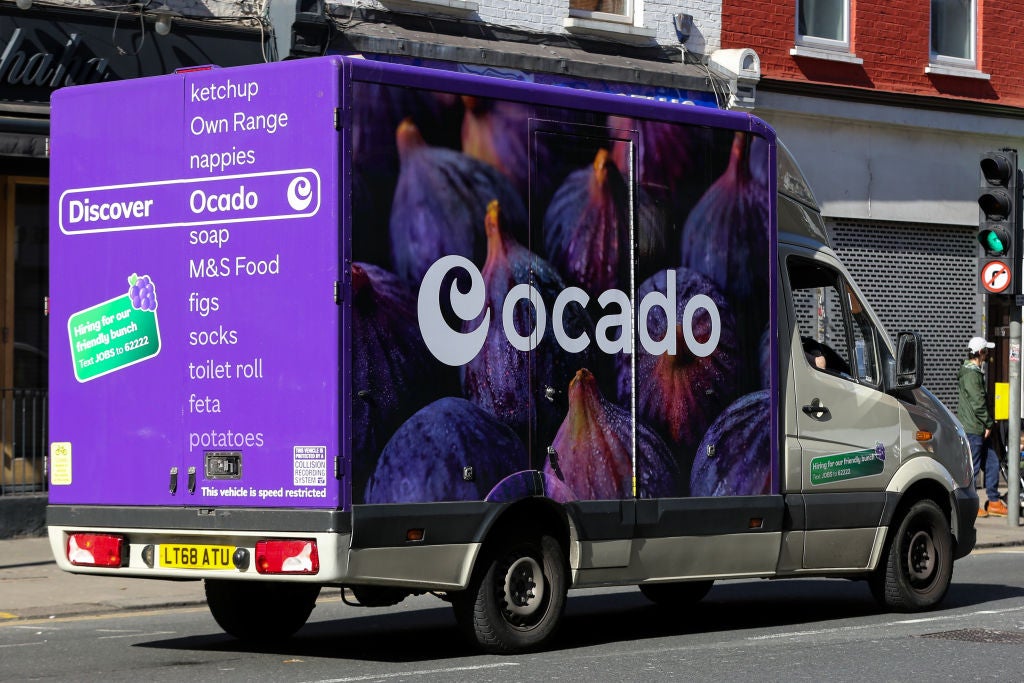From collaborative robots (co-bots) and computer vision in warehouses to delivery drones, Amazon is a pioneer of future of work technologies and warehouse automation. It has recently launched what it describes as “the first fully autonomous mobile robots”, designed to work in the same physical space as people.
But while claiming that its new robots could help improve safety, Amazon is still in the spotlight due to its warehouses reporting higher-than-normal injury rates.
Proteus uses proprietary safety, perception, and navigation technology
Amazon’s new robot is called Proteus, after the prophetic sea god of Greek mythology. According to the company, it can safely navigate around human employees, unlike some of its past robots that it kept separated in a caged area. As shown in a video, Proteus is capable of lifting and transporting GoCarts, Amazon’s wheeled trolleys that are used to move packages through facilities. When a human steps into its path, Proteus stops, waits, and resumes its journey once the person moves away.
Robots are transforming Amazon warehouses
Amazon’s robotization started in 2012 with the acquisition of Kiva Systems, one of the pioneers of warehouse robots. Celebrating ten years of robotic evolution, Amazon unveiled several more automated systems. Cardinal is a robotic arm that can lift and move packages weighing up to 50 pounds, which Amazon hopes to deploy in its warehouses next year. This AI-based robot arm can select one package out of a pile of boxes, lift it, read the label, and place it on the appropriate GoCart (for Proteus to collect).
The ecommerce giant uses myriad types of warehouse automation technologies and has currently deployed 350,000 mobile drive unit robots in its distribution and fulfillment centers. Since the onset of the pandemic, labor shortages and disruptions in supply chains have accelerated the uptake of automation.
Amazon’s worrying rate of serious injuries among warehouse workers
Research from the Occupational Safety and Health Administration (OSHA) that was reported in the Washington Post in June 2021 showed that Amazon’s serious injury rates are nearly double those at warehouses run by other companies. In 2020, for every 200,000 hours worked at an Amazon warehouse in the United States—the equivalent of 100 employees working full time for a year—there were 5.9 serious incidents, according to the OSHA data.
How well do you really know your competitors?
Access the most comprehensive Company Profiles on the market, powered by GlobalData. Save hours of research. Gain competitive edge.

Thank you!
Your download email will arrive shortly
Not ready to buy yet? Download a free sample
We are confident about the unique quality of our Company Profiles. However, we want you to make the most beneficial decision for your business, so we offer a free sample that you can download by submitting the below form
By GlobalDataMore worryingly, the report showed that injuries were especially acute at robotic facilities and during Prime week and the holiday peak. In 2020, the Center for Investigating Reporting—a non-profit watchdog group—acquired internal records of 150 warehouses over four years. It found out that at the most common kind of Amazon fulfillment centers, serious injuries were 50% higher for those that have robots than those without.
Robots are putting pressure on humans
Some OSHA officials, union representatives, and Amazon workers point to productivity pressures. The e-commerce giant pushes many of its warehouse staff—particularly those at its fulfillment centers, sorting centers, and delivery stations—to meet hourly rates to stow, pick, and pack items.
Workers speaking to ‘Reveal’ from the Center for Investigative Reporting, said that the robots ferrying items through the warehouse meant that they were now confined to workstations, standing still and repeating monotonous tasks. At the same time, the robots were much more efficient—meaning that productivity expectations for human workers had increased too.
The main argument supporting the introduction of robots working alongside humans is that they would boost the productivity of human workers by improving safety and by letting them focus on other, more valuable tasks. Unfortunately, these seem to have been empty promises so far.







